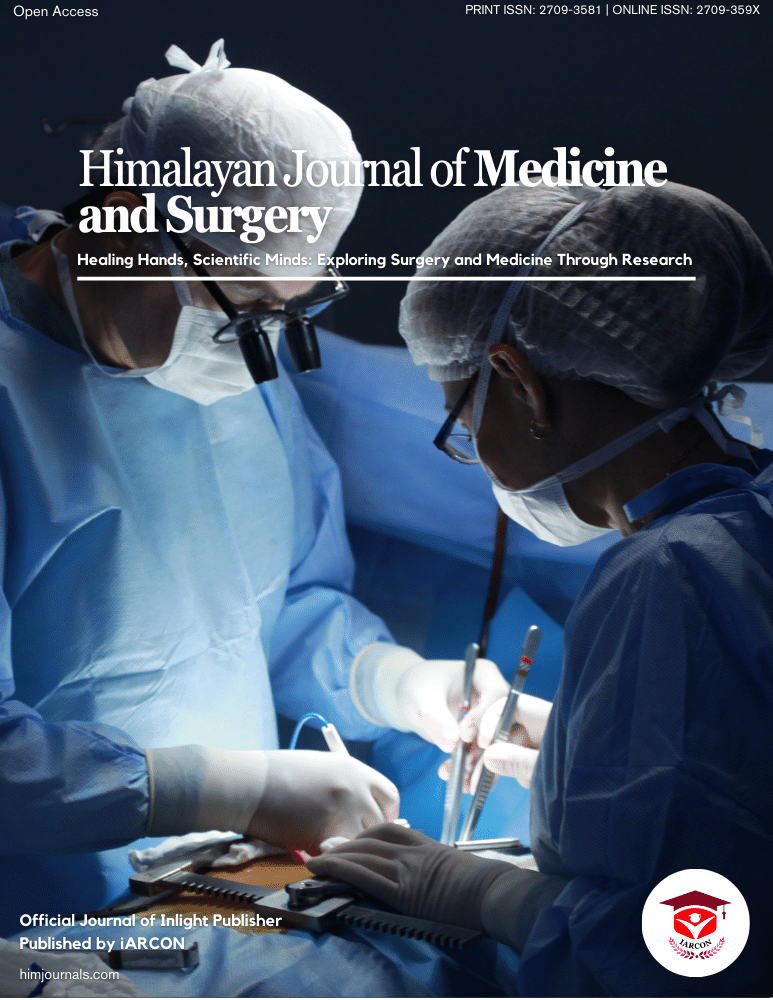This observational study was conducted (September to December 2020) in a block area of District Kangra. There are nearly 2500 households which comprises a population of nearly 12,500 people, of which the number of elderly persons, aged above 60 years, is approximately 2500.
Taking an estimated prevalence of elderly abuse to be 15% from a previous study, and assuming precision of 5% and power of 80%, the estimated sample size was 187. Further assuming a 10% non-response rate the final required sample size was 206. From a list of all persons above the age of 60 years, potential participants were selected using a computer-generated random number list. Contact was made through phone. Attempt to connect was made twice before calling the next number on list.
A semi structured validated questionnaire was use to collect data on demographic and socio-economic variables. Additionally, Vulnerability to Abuse Screening Scale (VASS) [9], was used to collect data on vulnerability to abuse. VASS comprises of 12 items, with “yes” and “no” responses, which evaluate emotional, psychological, and verbal abuse in the hand of family members. VASS total score of>4 was considered as an indicator of presence of abuse.
Data was testedfor normalcy using Kolmogorov-Smirnov normality test (p<0.001) and there was a strong evidence against the normalcy of the data. We describe the quantitative variables as median and inter-quartile range for non-normally distributed data, whereas qualitative variables were expressed as frequencies and proportions and chi square test was used. The data was analysed using SPSS software version 24.0.


